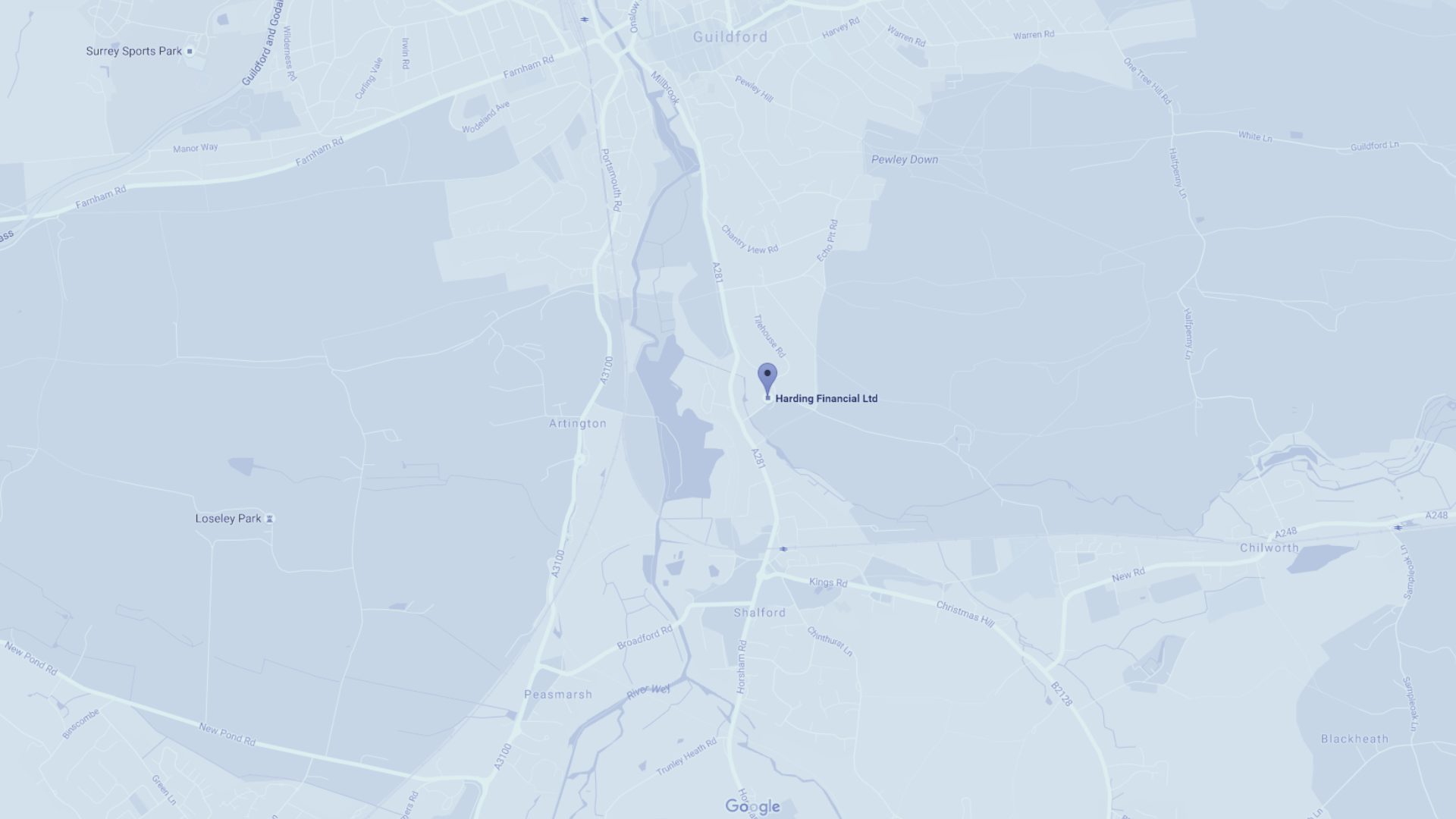From Piggy Banks to Investment Portfolios: Ways to Save for Children and Grandchildren
Building a financial future for your children or grandchildren involving specific products and planning. In this website article, we explore four popular options and their pros/cons.
From Piggy Banks to Investment Portfolios: Ways to Save for Children and Grandchildren
Introduction
Planning for the financial future of your children or grandchildren is one of the most meaningful gifts you can give. Whether it’s helping with education costs, a first home, or even their retirement, starting early can make a world of difference. The power of compounding means that even modest contributions today can grow significantly over time.
Beyond the numbers, saving for the next generation is also about instilling good financial habits. Introducing children to the concepts of saving and investing early can set them on a path to lifelong financial confidence.
So, what are the best ways to save for the younger members of your family? Let’s explore four popular options along with their pros, cons, and considerations.
1. Junior Individual Savings Account (JISA)
A Junior ISA is a tax-efficient way to save for a child under the age of 18. You can contribute up to £9,000 per tax year into either a Cash JISA or a Stocks & Shares JISA (or a combination of both as long as the total contributions don't exceed the £9,000 allowance).
Access:
The child takes control at age 16 but cannot withdraw funds until age 18.
At age 18, the account converts to an adult ISA.
Pros:
Tax-free growth (no income tax or capital gains tax).
Simple to set up and manage.
Anyone can contribute—parents, grandparents, friends etc.
Cons:
No access before age 18.
The child gains full control at age 18—there’s no restriction on how they spend it.
Could be best if:
You’re looking to build up savings for university education, a first car or perhaps a deposit on a home (assuming they don’t spend it sooner)!
2. Junior Self-Invested Personal Pension (SIPP)
A Junior SIPP is a pension for a child. You can contribute up to £2,880 per year, which is topped up by 20% tax relief to £3,600.
Access:
Locked away until at least age 57 (rising from 55 in 2028).
Pros:
Tax relief boosts contributions immediately.
Significant growth potential over decades.
Helps secure a child’s retirement.
Cons:
No access for decades - this is a very long-term gift.
Less tangible benefit for the child in the short term.
Could be best if:
You’re looking to give the child a head start on retirement planning.
3. Trusts (Bare & Discretionary)
Trusts allow you to set aside money for a child while retaining some control over how and when it’s used.
Bare Trust: The child is the absolute beneficiary and can access funds at age 18 (in England, Wales and Northern Ireland).
Discretionary Trust: Trustees decide when and how funds are distributed.
Pros:
Flexibility and control (especially with discretionary trusts).
Cons:
More complex and can be costly to set up and manage.
Discretionary trusts face higher tax rates on income and gains.
Could be best if:
You’re looking to give larger sums of money and when control over access is important.
4. Designated Investment Accounts
Some Unit Trusts and Open Ended Investment Companies (OEICs) offer designated accounts. This allows an investment to be held in your name but earmarked for a child. If structured as a bare trust, they can use the child’s tax allowance (although this works differently if the investment portfolio is a gift from the parent/s).
Pros:
Flexible - you retain control for longer.
Can be tax-efficient if structured correctly.
Cons:
If not a true trust, the assets remain in your estate for IHT purposes.
If you are the parent making the gift then the income and gains may be taxed on you as the donor.
Could be best if:
You’re looking for flexibility and investment growth without immediate gifting.
Final Thoughts
There’s no one-size-fits-all solution. The right approach depends on your goals, the level of control you want, and the time horizon.
Saving for your children, grandchildren, nieces or nephews isn’t just about the money – it’s about teaching them the value of planning ahead. Involving them in conversations about their Junior ISAs or explaining how investments grow over time can help build financial literacy from an early age.
And don’t overlook the power of compounding – when you invest, your returns generate further returns over time. For example, £10,000 invested when a child is born could grow to more than £33,800 by age 18 at a 7% annual return (net of charges) —and that’s without adding another penny. The earlier you start, the more time your money has to work for you.
Ready to explore the best option for your family?
At Harding Financial, we can help you design a strategy that balances tax efficiency, control, and your family’s long-term goals. Contact us today to start the conversation.
Disclaimers
This article is for information only and does not constitute financial or legal advice. The contents reflect the views and opinions of Harding Financial as at the date of writing, and are based on our understanding of legislation at the current time.
Contact Us
Get in touch today
Call us, email, drop in, or fill in the form so that one of our expert advisers can be in touch.
We look forward to hearing from you and being your financial partner.
Guildford Office:
The Estate Yard
East Shalford Lane
Guildford
Surrey
GU4 8AE
London Office: c/o The Ministry, 79-81 Borough Rd, London, SE1 1DN
